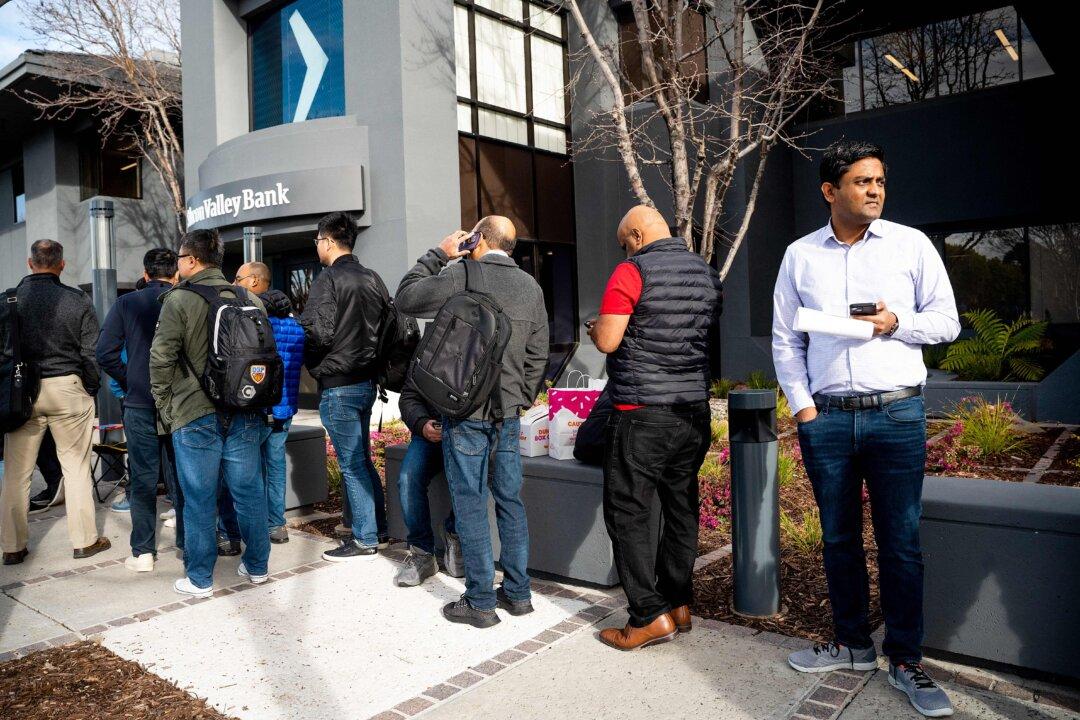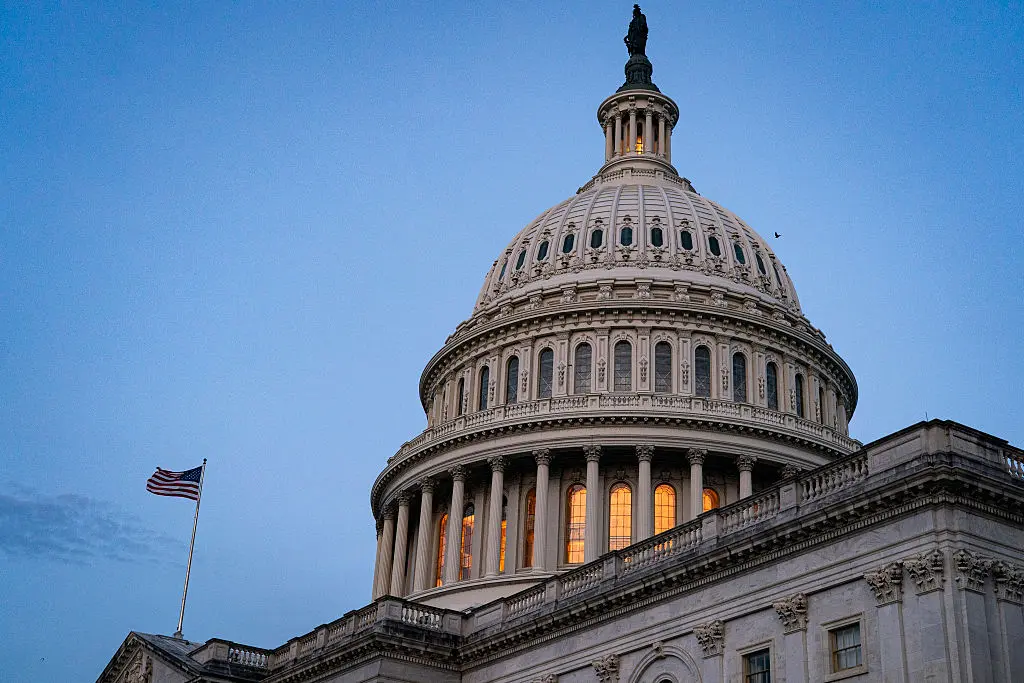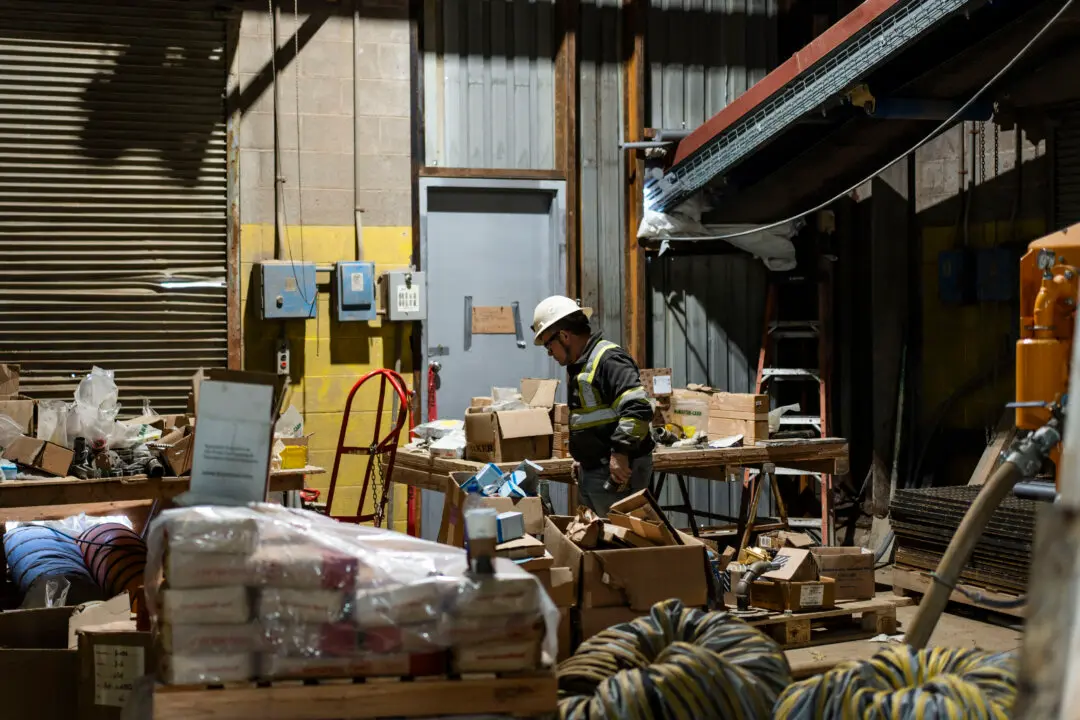Deposits at America’s small banks fell by a record amount in the week ending March 15 as the collapse of Silicon Valley Bank (SVB) spooked depositors and led many to withdraw their savings.
Data from the Federal Reserve shows that deposits at small banks—defined as those smaller than the biggest 25—dropped $119 billion to $5.46 trillion, more than twice the previous record drop.





